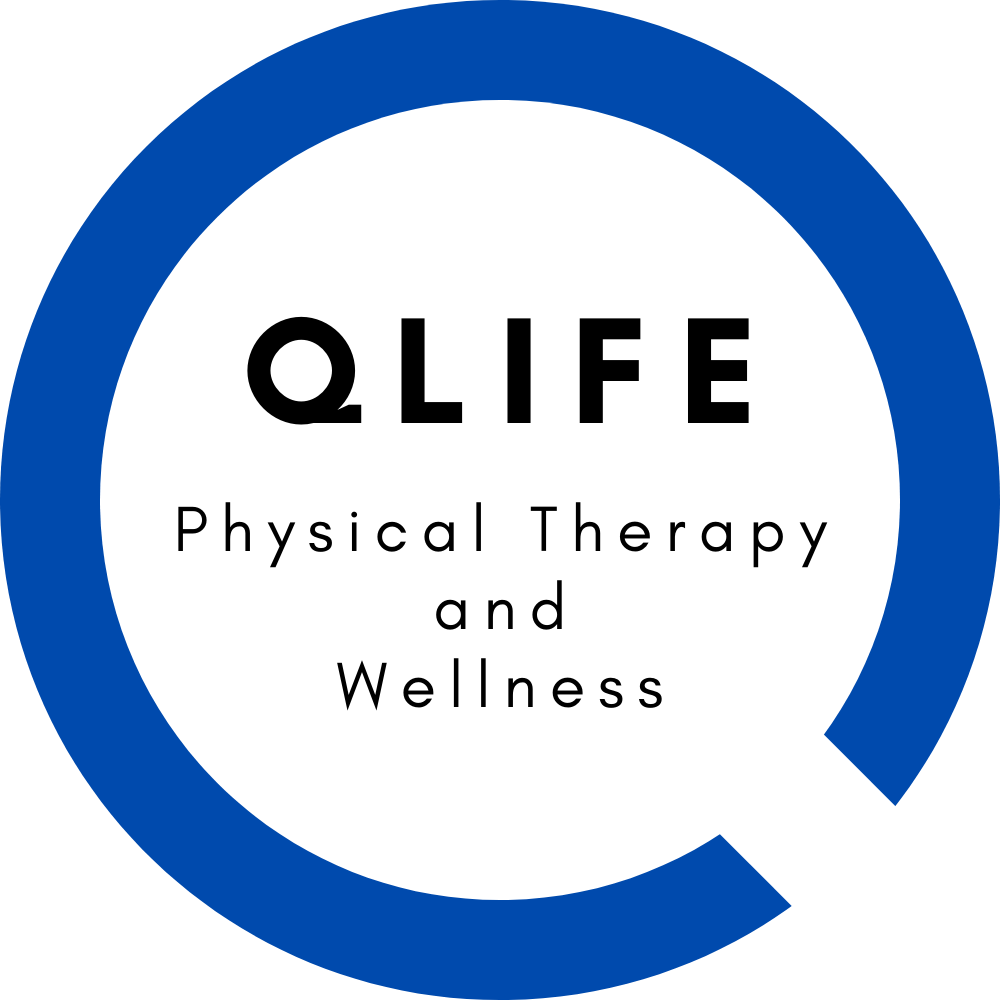Can We Prevent Orthopedic Injuries? The Science, Strategies, and Future Innovations
Orthopedic injuries — from ACL tears to wrist fractures — are a leading cause of disability worldwide. Whether you're an athlete, an aging adult, or simply someone navigating daily life, orthopedic injuries can be costly, painful, and life-altering. But can they be prevented? Science increasingly says yes — with the right strategies.
In this blog post, we'll explore what the evidence tells us about injury prevention, break down risk factors, showcase effective programs, and look ahead at future innovations.
Why Orthopedic Injury Prevention Matters
Orthopedic injuries are not rare accidents. In fact:
1 in 4 adults experiences a musculoskeletal injury each year (Hauret et al., 2010)
They account for over $45 billion annually in healthcare costs.
Orthopedic injuries often lead to long-term disabilities, like early-onset osteoarthritis.
The emotional toll is substantial too. Individuals who suffer serious orthopedic injuries have twice the risk of developing depression compared to uninjured peers.
Preventing injuries is not just a matter of avoiding pain — it's a public health priority.
Understanding Risk Factors
Injury risk is multifactorial — involving both internal (biological) and external (environmental and behavioral) contributors.
Intrinsic Problem: Weak muscles, poor proprioception, joint laxity Solution: Strength training, neuromotor drills
Extrinsic Problem: Poor footwear, slippery surfaces Solution: Equipment checks, environmental safety
Behavioral Problem: Overtraining, poor technique Solution: Coaching, progressive load management
🔍 Key Insight: Targeting just one risk factor often isn't enough. Comprehensive, multifactorial approaches work best.
Can We Prevent Injuries? What the Science Says
Meta-analyses show that structured prevention programs can reduce orthopedic injuries by 40–60% — especially in high-risk groups like youth athletes and older adults (Emery & Meeuwisse, 2010).
Most effective when:
Started early
Practiced consistently over weeks to months
Address multiple dimensions (strength, technique, balance)
Evidence from Clinical Trials: Effective Programs
1. FIFA 11+
Soccer-specific dynamic warm-up
20-minute sessions, 2–3x weekly
Resulted in a 45% reduction in overall injuries (Silvers-Granelli, 2015)
2. PEP Program (Prevent injury, Enhance Performance)
Focused on ACL injury prevention
Emphasized jump mechanics, neuromuscular control
Achieved a 41% reduction in ACL tears among female athletes (Gilchrist et al., 2008)
3. Balance Training
Skiers using balance boards reduced knee injuries by over 50% compared to controls.
What Makes Prevention Programs Successful?
Programs that succeed typically address multiple layers of risk:
Component Example Exercise Why It Matters Strength Training Eccentric hamstring curls Build resilient muscles and tendons Plyometrics Jump-landing mechanics Improve landing strategies, reduce ACL forces Balance/Proprioception Single-leg balance on unstable surface Boost joint stability and reflexes Technique Reinforcement Cutting and deceleration drills Correct risky movement patterns
✅ Consistency is key: Benefits begin after ~6 weeks and peak around 12–16 weeks.
Prevention Beyond Athletes: Everyday Applications
Injury prevention is not limited to elite sports.
Older Adults
Fall prevention programs (e.g., Tai Chi, balance classes) reduce fracture risk by 30% (Sherrington et al., 2019).
Workplace Interventions
Ergonomic interventions (standing desks, lifting mechanics) reduce musculoskeletal injuries by ~25%.
Youth Programs
Early neuromotor and balance training reduces wrist fractures and ankle sprains significantly.
Challenges and Limitations
Despite strong evidence, injury prevention programs face real-world challenges:
Adherence drops: Up to 60% dropout at 12 months.
One-size-fits-all doesn't work: Athletes and populations vary widely in needs.
Cost and access barriers: Professional coaching isn't universally available.
Overcoming these hurdles requires creative, accessible solutions.
Future Directions: Technology to the Rescue
Emerging technologies are changing how we think about orthopedic injury prevention.
AI Movement Screening Identify risky biomechanics early- High expected impact
Wearable Sensors Real-time gait and load monitoring- Moderate to High expected impact
Personalized Exercise Based on biomechanics/genetics- High expected impact
Virtual Reality Training Safe exposure to complex movement patterns- Moderate expected impact
How These Technologies Apply Practically:
Youth athletes undergo AI screening before sports seasons.
Industrial workers wear load-monitoring sensors to prevent back injuries.
Older adults use VR balance games as part of fall-prevention therapy.
Conclusion: Prevention Is Possible — and Necessary
Orthopedic injuries are not inevitable. Scientific research clearly shows that multifactorial, structured prevention programs can cut injury rates dramatically.
While adherence and customization remain challenges, the combination of good program design, emerging technologies, and behavioral support holds enormous promise for the future.
If we invest wisely in prevention today, we can save billions in healthcare costs — and protect millions of people from avoidable pain, disability, and loss of function.

